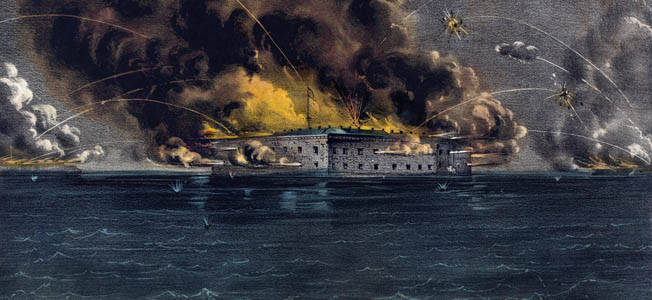
SAS
Mad Mike Hoare: How a Businessman Became a Legendary Mercenary
By John W. Osborn, Jr.With the exception of the French Foreign Legion, the concept of the mercenary, or soldier of fortune, seemed extinct after World War II. Read more

SAS
With the exception of the French Foreign Legion, the concept of the mercenary, or soldier of fortune, seemed extinct after World War II. Read more

SAS
The night of December 14, 1941, was bitterly cold in the North African desert. Midway between El Agheila and Tripoli, Libya, was the German and Italian air base outside the town of Tamet. Read more

SAS
Major General John K. Singlaub was a young airborne lieutenant when he took up an offer from the Office of Strategic Services (OSS) to become engaged in “hazardous duty behind enemy lines.” Read more

SAS
By John W. Osborn, Jr.
When world war engulfed Europe for the second time in a generation, the Netherlands placed its faith in the diplomatic delusion that it could remain neutral like it had during World War I. Read more

SAS
Although Union Colonel Silas Colgrove had previously led his men through some of the most horrific fighting in the eastern theater of the Civil War, the order he received on the morning of July 3, 1863, in the woods near Culp’s Hill at Gettysburg, was the most unnerving he had ever received. Read more

SAS
Early in June 1940, refugees from northern France and the low Countries who had flooded Paris in May fled with the residents of the city as the German advance neared. Read more

SAS
According to contemporary Soviet news sources, fighter Ace Alexander Pokryshkin was the most famous pilot in the Red Air Force during World War II. Read more

SAS
They said it couldn’t be done. Doubters chided Henry Ford for declaring that his Willow Run Bomber Plant could turn out a B-24 Liberator heavy bomber every hour. Read more

SAS
In utter silence, the saboteurs carefully wired their target for demolition. All knew even the slightest noise might alert sentries to their presence underneath the Occoquan Creek bridge in northern Virginia. Read more

SAS
One of the catalysts for a major rebellion in the United States were irregular warfare in “Bleeding Kansas” from 1854 to 1861 between anti-slavery Free Staters and pro-slavery border ruffians. Read more

SAS
When it came to advanced military technology in World War II, arguably no one was better at it than Nazi Germany, whose scientists Adolf Hitler keep busy trying to invent the ultimate “super weapon” capable of defeating his enemies. Read more

SAS
Early in 1944, German Field Marshal Erwin Rommel, the defeated hero of North Africa and now head of Army Group B in France, was tasked with strengthening the Atlantic Wall defenses against Allied invasion. Read more

SAS
It was nearly 11 on the morning of September 20, 1863, and the woods around slow-moving Chickamauga Creek in northwest Georgia were ominously quiet. Read more

SAS
“We were to be terrorists. Our job was to terrorize the Germans,” one former member said dramatically. Read more

SAS
Major General John K. Singlaub was a young airborne lieutenant when he took up an offer from the Office of Strategic Services (OSS) to become engaged in “hazardous duty behind enemy lines.” Read more

SAS
As John Wesley Pointon jumped into the cold English Channel water with the Royal Canadian 7th Brigade Signal Corps and struggled with a heavy radio strapped to his back toward the beach that was being torn apart by shot and shell, the farm boy from Saskatchewan tried to make his mind go blank. Read more

SAS
After successfully fighting seasickness during the crossing of the English Channel, Lance-Corporal Ted Brooks of Number 48 (Royal Marine) Commando arrived on Nan Red Beach—which formed the left flank of Juno Beach—on the morning of June 6, 1944. Read more

SAS
The jerk of the canopy opening was a reassuring sensation. Not so reassuring was the storm of small arms and artillery fire that roared up from the ground. Read more

SAS
In early 1942 things could have hardly looked bleaker for the Allies. In Europe, Hitler’s war machine had steamrolled across the entire continent and was now battling before the gates of Moscow. Read more

SAS
After the British Expeditionary Force’s (BEF) debacle at Dunkirk in northern France in May 1940, the new prime minister, Winston Churchill, needed a novel type of fighting force to strike back at Nazi Europe. Read more